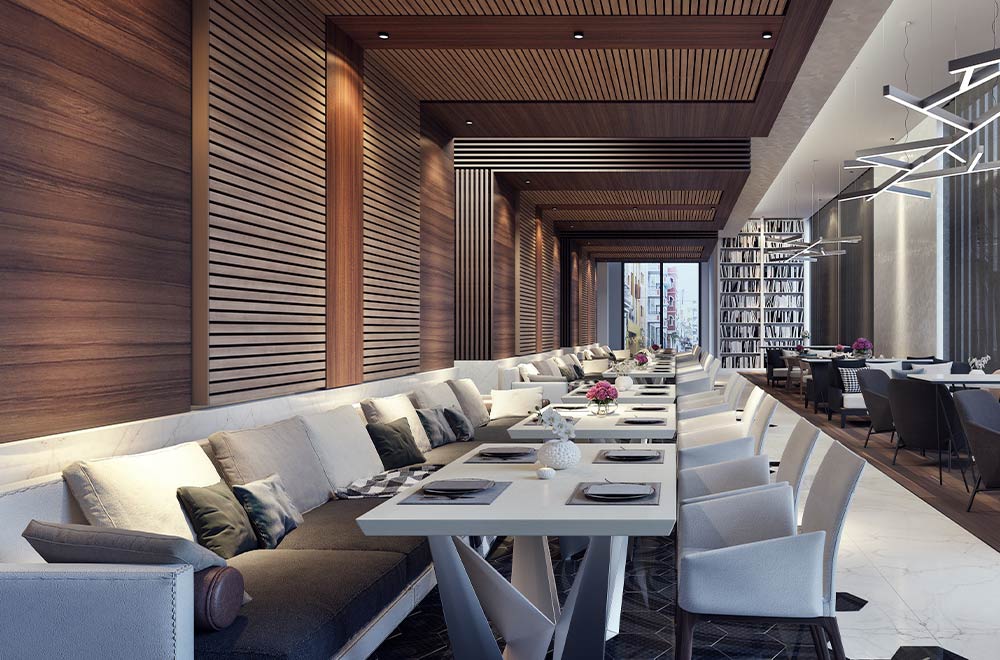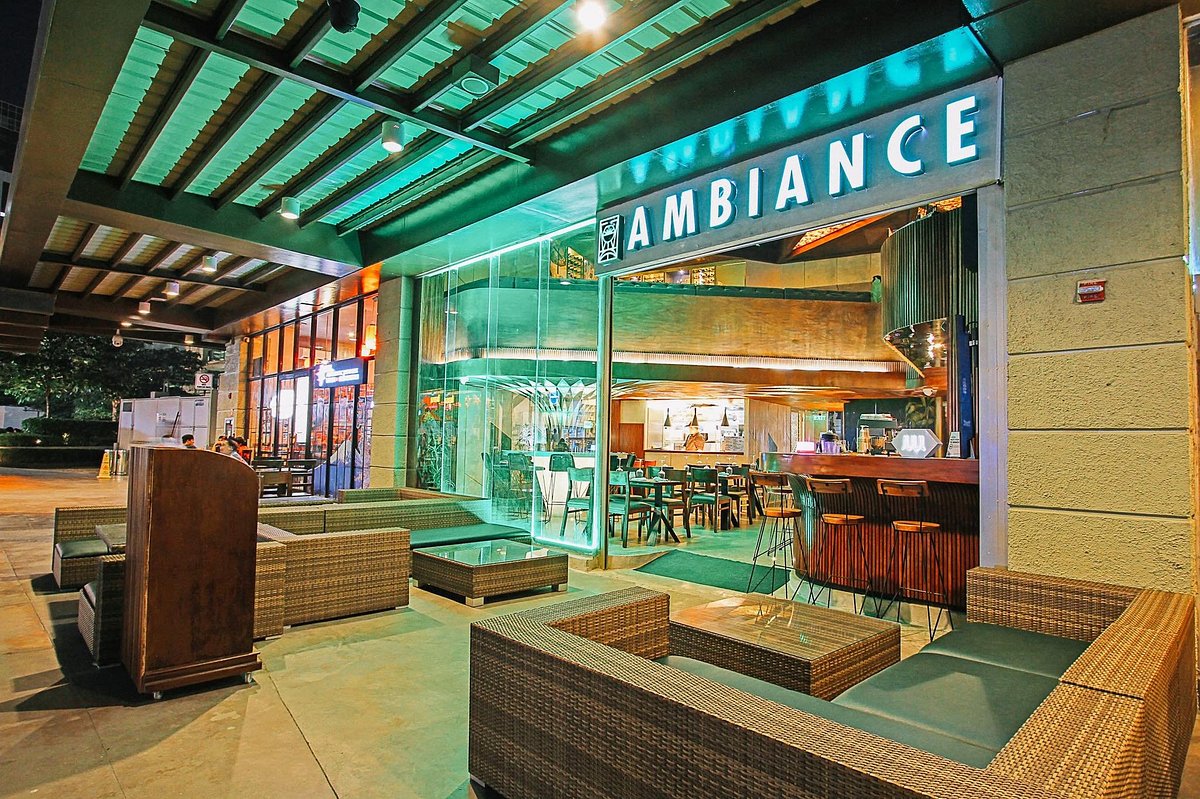Savor Genuine Oriental Cuisine With a Pan-Asian Spin for a Culinary Adventure
Starting a culinary journey through authentic Eastern food, boosted with a Pan-Asian twist, offers a special opportunity to discover the rich tapestry of tastes that specify the region's varied culinary customs. This experience invites you to enjoy the splendid balance of tastes-- sweet, salty, spicy, and sour-- harmonized by fragrant herbs and seasonings. Envision the innovative fusion of Thai curry and ramen or the unanticipated joy of sushi burritos. As you ponder these attracting dishes, think about the social stories and historical impacts that form them, each bite providing a story waiting to be uncovered.

Checking Out Pan-Asian Flavors
In the realm of global gastronomy, Pan-Asian food stands apart for its amazing diversity and the unified interaction of flavors from different Eastern societies. This culinary method commemorates the abundant traditions and unique active ingredients found across the continent, developing a tapestry of preferences that is both rewarding and appealing. Key to Pan-Asian cuisine is its capability to balance contrasting flavors-- pleasant, salted, spicy, and sour-- while highlighting the quality and top quality of each component.
From the umami-rich soy sauce of Japan to the fiery chili peppers of Thailand, Pan-Asian food provides a considerable palette of tastes. These components are frequently integrated in inventive methods, enhancing dishes with layers of intricacy. For circumstances, the usage of great smelling natural herbs such as lemongrass and cilantro, typical in Vietnamese and Thai cuisine, includes a refreshing brightness to recipes, while the consolidation of coconut milk supplies a luscious, abundant texture.
The focus on fresh produce and aromatic flavors guarantees that each dish is not just a feast for the taste buds however also for the detects. Pan-Asian food welcomes diners to get started on a cooking journey, checking out the vast and varied landscapes of Oriental gastronomy with every bite.
Combination Recipes to Attempt
While Pan-Asian food is commemorated for its conventional tastes, the contemporary culinary landscape is increasingly welcoming combination dishes that blend these traditional aspects with impacts from various other areas. This cutting-edge approach not just honors the abundant heritage of Eastern cookeries however also presents unique taste experiences that appeal to contemporary tastes buds.
A prime example of such a blend dish is the Korean-Mexican taco, where marinated bulgogi beef is wrapped in a warm tortilla, covered with kimchi and a hot gochujang-infused salsa. This combination weds the strong, mouthwatering flavors of Korea with the dynamic, fresh components of Mexican cuisine. In a similar way, sushi burritos have gotten popularity, amalgamating the delicate virtuosity of Japanese sushi with the hearty, hand-held benefit of a burrito, frequently including fusion components like tempura shrimp and avocado with a drizzle of wasabi mayo.
An additional noteworthy dish is Thai curry ramen, which instills the luscious, aromatic spices of Thai curry right into the comforting brew of conventional Japanese ramen, creating a harmonious blend that entices the detects. These fusion dishes expand past simple uniqueness; they represent a culinary discussion in between societies, encouraging exploration and technology on the planet of Pan-Asian food.
Crucial Components and Spices
To really value Pan-Asian cuisine, one must comprehend the crucial active ingredients and seasonings that form its foundation. This diverse culinary design draws from a rich tapestry of Asian practices, utilizing an unified blend of flavors and textures.
Aromatic elements are essential, with garlic, lemongrass, and ginger being ubiquitous throughout various Pan-Asian recipes. These ingredients give an aromatic base that boosts the intricacy of flavors. Spices such as star anise, cardamom, and cinnamon introduce warmth and wendys copyright personality, echoing influences from areas like China and India.

Food Preparation Techniques and Tips
Understanding the art of Pan-Asian food calls for knowledge with its distinct food preparation techniques, each adding to the lively tapestry of flavors this culinary tradition is celebrated for. Central to these approaches is the stir-fry, a rapid food preparation strategy that protects the nutritional honesty and dazzling shades of active ingredients. Making use of a wok, the stir-fry method permits even warmth circulation, crucial for achieving the characteristic appearance and flavor balance of Pan-Asian dishes.
An additional fundamental technique is steaming, especially widespread in Chinese food. This mild approach preserves the natural tastes and nutrients of components, making it suitable for fish and shellfish and vegetables. Dumplings, a beloved staple, often take advantage of steaming, leading to soft, succulent textures.
Barbecuing, also important, imparts great smoky depths to dishes such as Oriental bulgogi or Japanese yakitori (asian fusion restaurant). This method often includes marinading ingredients, permitting tastes to pass through deeply prior to cooking over an open flame or warmer
Finally, understanding the art of stabilizing tastes-- pleasant, sour, salted, bitter, and umami-- is crucial. Appropriately layering these aspects can boost a dish from ordinary to amazing, using a complex and pleasing culinary experience that symbolizes the essence of Pan-Asian food.
Dining Experiences Worldwide
Across the world, Pan-Asian food offers their explanation an exceptional eating experience, celebrated for its rich tapestry of flavors and vivid presentations. This cooking sensation has actually gone beyond cultural limits, recording the hearts and palates of food enthusiasts worldwide. In cosmopolitan cities like New York, London, and Sydney, Pan-Asian dining establishments function as melting pots where culinary practices from Thailand, Japan, China, and beyond converge, providing diners with an eclectic mix of recipes that highlight the region's variety.
The global appeal of Pan-Asian cuisine depends on its ability to supply both credibility and advancement. Chefs masterfully wed conventional components such as lemongrass, soy sauce, and miso with modern methods, causing dishes that are both refreshingly brand-new and acquainted. This fusion permits diners to start a culinary trip that values heritage while accepting modernity.
In addition, eating experiences are elevated with attentively designed environments that show the values of Pan-Asian aesthetic appeals. From minimalist Japanese-inspired interiors to lively Thai-themed spaces, each restaurant provides a distinct setting that enhances the cooking offerings. Consequently, customers are not simply eating a meal however partaking in a cultural experience, making Pan-Asian dining a really global phenomenon.
Conclusion
The exploration of Pan-Asian cuisine offers a profound understanding of the detailed interplay of tastes and cooking practices across Asia. By welcoming combination dishes such as Thai curry ramen and sushi burritos, the culinary journey not only highlights the flexibility of conventional ingredients but likewise showcases innovative modern-day strategies. This gastronomic adventure, improved by cooking techniques and necessary spices, supplies an one-of-a-kind chance to value the multiculturalism and culinary artistry that specify Pan-Asian food on a worldwide range.
Embarking on a cooking trip through genuine Asian food, improved with a go right here Pan-Asian twist, provides a distinct possibility to check out the abundant tapestry of flavors that specify the area's diverse culinary traditions.In the world of global gastronomy, Pan-Asian cuisine stands out for its amazing variety and the harmonious interaction of tastes from different Oriental cultures. Key to Pan-Asian cuisine is its capacity to balance contrasting flavors-- pleasant, salty, spicy, and sour-- while highlighting the quality and top quality of each component.
